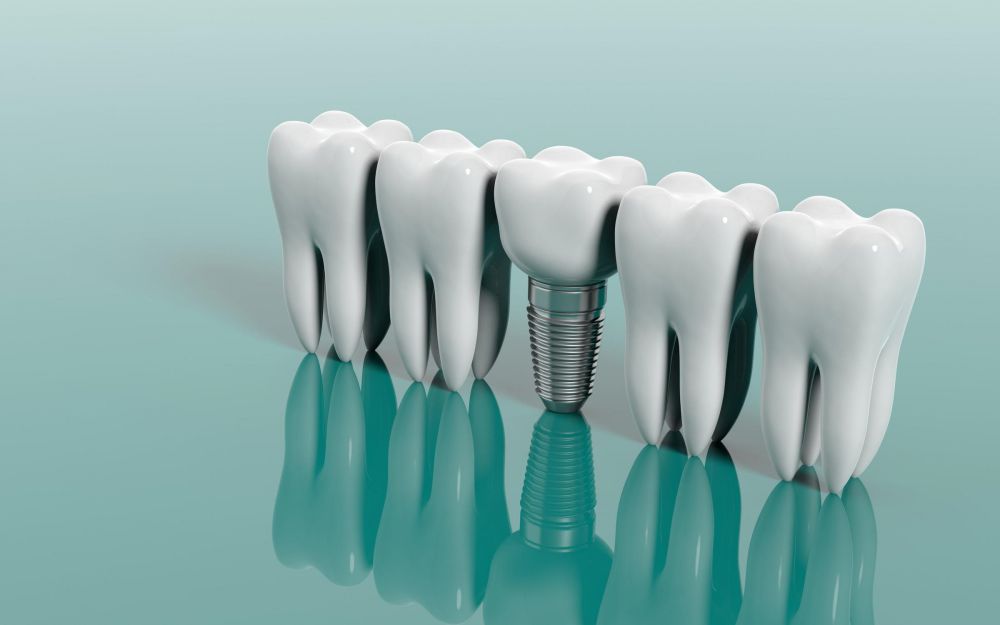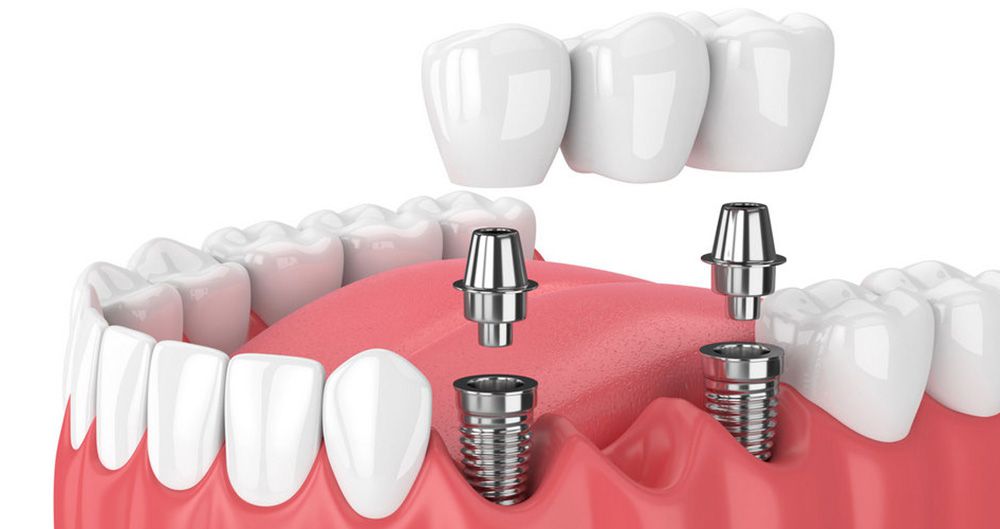Implant Placement Torrevieja

Everything You Wanted to Know About Dental Implants
A dental implant is a structure that can restore your lost confidence and comfort in everyday life. It is composed of several parts, each of which plays a vital role in restoring your smile and chewing function. Let's delve into this in detail in this article.
1. Structure of a Dental Implant
Before delving into the process of dental implant placement, it's important to understand its structure. A dental implant consists of three key components:
1.1 Implant
This is the titanium part, similar to the root of your tooth, which is placed directly into the bone. It acts as a sturdy support for the other parts of the implant.
1.2 Abutment
The abutment is a component that allows the attachment of the crown to the implant. It ensures a secure connection between the implant and the crown.
1.3 Implant Crown
The implant crown is the visible part of the implant that sits above the gums and resembles a natural tooth. It restores your smile and chewing function.
1.4 Retention Buttons
In some cases, special retention buttons can be attached to the implant for use in removable prostheses.
2. Dental Implant Placement Process
How is the placement of a dental implant carried out? This process involves several steps:
2.1 Anesthesia
The procedure starts with the application of anesthesia to ensure your comfort. You will feel that something is being done, but there will be no pain.
2.2 Incision of Gums and Formation of a Bone Opening
The surgeon makes an incision in the gums and creates an opening in the bone of the necessary size for the implant. Then, the implant is screwed into the bone and sutured. After the procedure, you will need to take antibiotics, rinse your mouth with antiseptics, and follow recommendations. The sutures are removed in 10-14 days.
2.3 Use of Surgical Template
The use of a surgical template during the surgery speeds up the process as there is no need for an incision in the gums or sutures.
2.4 Integration Period
Most often, after the implant is placed, it is allowed to integrate into the bone for approximately 3-6 months, and during this time, you may go without a tooth. After this period, the orthopedic phase of prosthesis is carried out.
2.5 Temporary Crown
In some cases, a temporary crown is created on the implant before the permanent crown is installed.
3. Orthopedic Phase
The orthopedic phase involves the fabrication of the crown or bridge. First, access to the implant through the gums is obtained, and then a "screw" with a "button cap" is attached to it, protruding above the gums to shape the gums. The patient wears this structure for about 2 weeks. Then impressions are taken, and a permanent crown is manufactured that perfectly fits the gum contour and resembles a natural tooth in color and shape.
4. Supportive Care
After the implant placement, it is important to regularly visit the dentist for technical check-ups. This helps the implant last as long as possible.
5. Dental Implant with Surgical Template
Sometimes, implantation can be performed with a surgical template without the need for a gum incision. It is sometimes called "surgery-free implantation."
6. Is Bone Grafting Necessary for Implantation?
Often, during the planning of implantation, it is discovered that the amount of bone is insufficient to ensure stable long-term integration of the implant. In such cases, it is necessary to create a strong "foundation" for the future implant, which involves increasing the amount of bone and possibly performing soft tissue surgery.
7. Implant Materials
Dental implants are most commonly made of titanium because it is biocompatible and does not cause inflammation or changes in tissues.
Titanium is widely used in medicine and is used, for example, in the manufacture of defibrillator casings, titanium plates for fractures, joint prostheses, and more.
8. Conclusion
Dental implants are a modern and effective technique for restoring lost teeth. They provide a solid support for crowns, restore your confidence, and comfort when chewing. However, it is important to remember the importance of regular care and dental visits.
9. Frequently Asked Questions
9.1. Does Implant Placement Hurt?
Implant placement is performed under anesthesia, so the patient does not feel pain. After the procedure, there may be some discomfort and swelling, which quickly subsides.
9.2. How Long Does Implant Integration Take?
Implant integration typically takes 3-6 months, though in some cases, the crown can be installed earlier.
9.3. How Long Will the Implant Last?
With proper care, an implant can last for decades.
9.4. Are There Restrictions After Implant Placement?
After implant placement, it is recommended to avoid hard foods and maintain good oral hygiene.
9.5. What Material Is Used for Implants?
The most commonly used material for dental implants is titanium, which is biocompatible and durable.
Now that you know more about dental implants, you can make an informed decision about restoring your smile and comfort. Feel free to discuss this with your dentist to find the best solution for you.
Contact Information:
| Torrevieja, Pasaje Pais Vasco, edificio 1 local 4 | |
| +(34) 638 893 141 | |
| +(34) 638 893 141 | |
| apdenta@gmail.com | |
| Working hours: Mon - Fri: from 10:00 to 20:00 |




